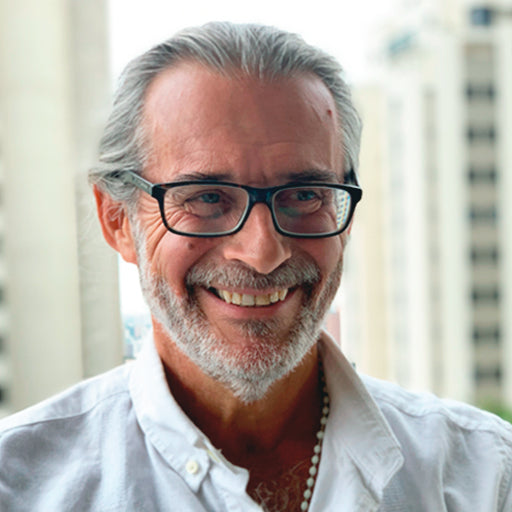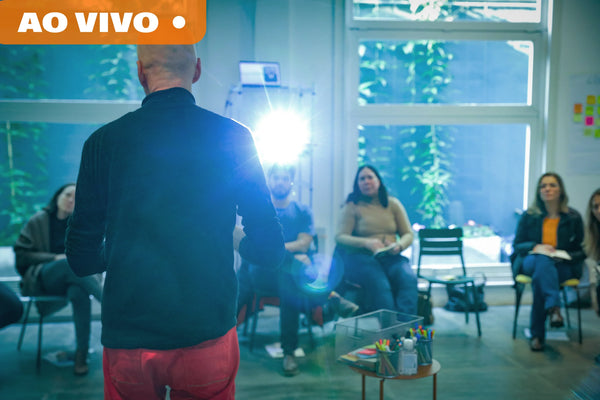
Lightness as a Neurobiological Strategy for Sustainable Adaptation

Ler em Português
Lightness as a Neurobiological Strategy for Sustainable Adaptation
Recently, in a conversation with Olivier Aizac, OLX’s CEO, a phrase emerged that summarized a recurring dilemma in contemporary organizations:
"The environment is too heavy... and without lightness and optimism, people can't take it, don't adapt, don't resist."
The observation, though colloquial, carries a profound truth. Lightness is not a luxury but a functional necessity in contexts of high complexity and instability, like those that characterize the current world of work.
Often underestimated, lightness is treated as a peripheral or culturally superfluous attribute. However, an analysis of scientific evidence reveals that positive emotional states and psychologically safe environments directly influence cognitive performance, learning capacity, and collaboration among individuals.
In her Broaden-and-Build theory, Barbara Fredrickson demonstrates that positive emotions broaden the scope of attention, promote greater cognitive flexibility, and favor the development of more robust emotional and social repertoires. In other words, positivity improves the climate and structurally modifies how we think, perceive, and relate to challenges.
This expansion even has a clear neurophysiological basis. In states of lightness, playfulness, and emotional connection, the periaqueductal gray (PAG) is activated—a central midbrain structure in the pain modulation and behavioral defense system. Studies show that when the PAG is activated in safe contexts, it promotes the release of enkephalins, which are endogenous opioids with analgesic and stress-modulating properties.
Enkephalins play a fundamental role in the descending regulation of pain, in inhibiting automatic defensive responses, and in facilitating more integrated mental states, allowing for more excellent information processing, greater emotional resilience, and, consequently, greater adaptability in the face of complexity.
In contrast, organizational environments dominated by fear, vigilance, and continuous pressure activate the same neurobiological system in its defensive aspect: freeze, flight, or aggression responses, with suppression of prefrontal cortex activity and impairment of executive functions. The capacity for listening, creation, and collaboration is drastically reduced.
Therefore, it is not about defending lightness as a "management style" or an "emotional benefit" but as a neurobiological condition for the emergence of collective adaptive intelligence. Lightness, in this sense, is an evolutionary human technology—a state that disarms defense mechanisms and creates space for systemic thinking, social learning, and relational innovation.
Optimism, likewise, is not naivety. Martin Seligman proposes the concept of learned optimism as an evidence-based disposition: it is about choosing, in the face of adversity, the rational belief that there are possible paths of overcoming and learning. This disposition is directly correlated with resilience mechanisms.
Thus, lightness and optimism can no longer be considered mere "soft skills." They constitute neurobehavioral and strategic foundations for organizational sustainability in volatile contexts. Environments that favor states of lightness and emotional connection reduce the defensive load of the nervous system, broaden the adaptive repertoire, and promote more effective responses to the new, the uncertain, and the complex.
Building lighter organizational environments is not an act of benevolence. It is an intelligent strategy of collective emotional regulation with solid foundations in affective neuroscience. When there is lightness, there are more enkephalins, less fear, and more internal and collective space to navigate complexity with clarity, courage, and creativity.


